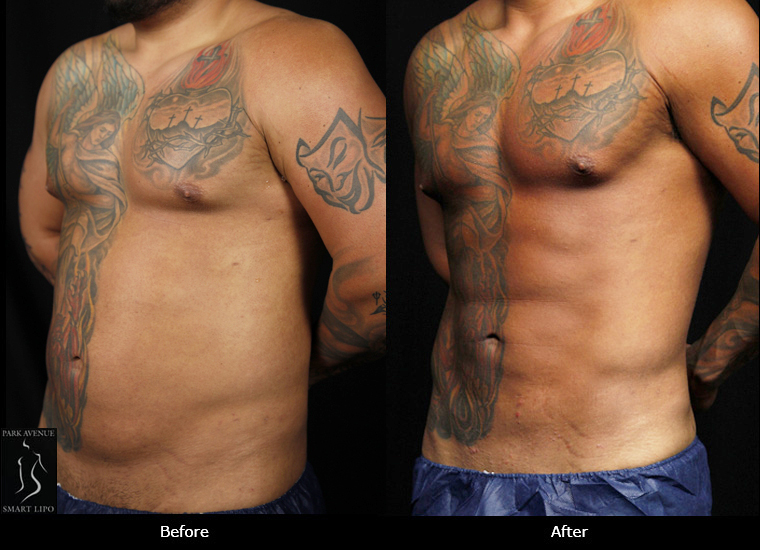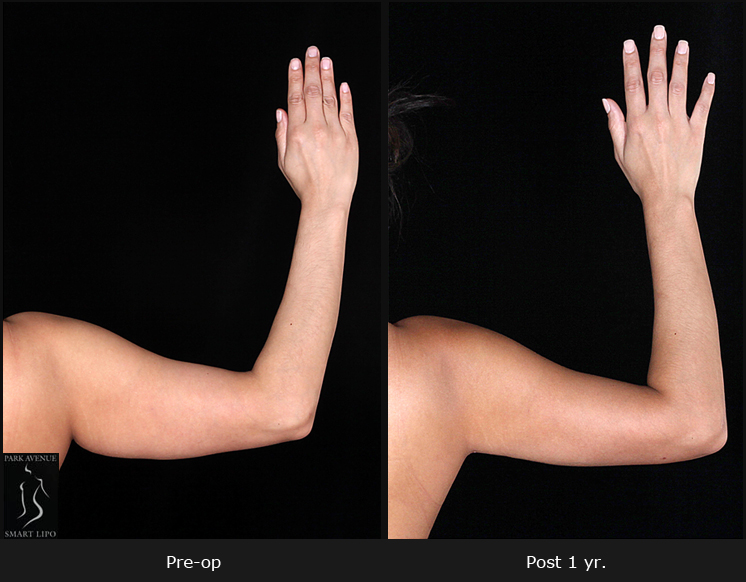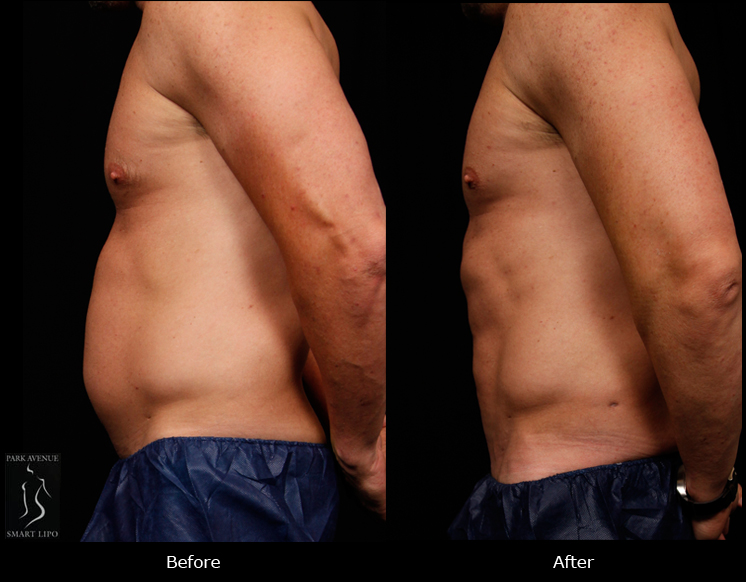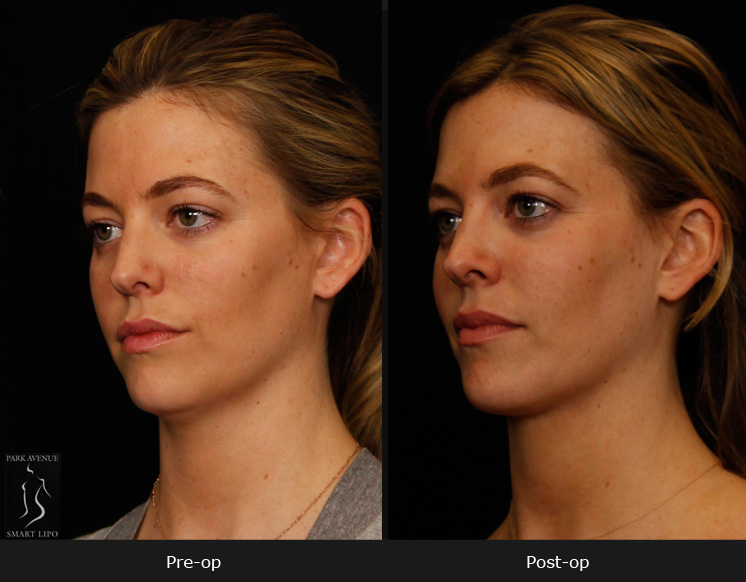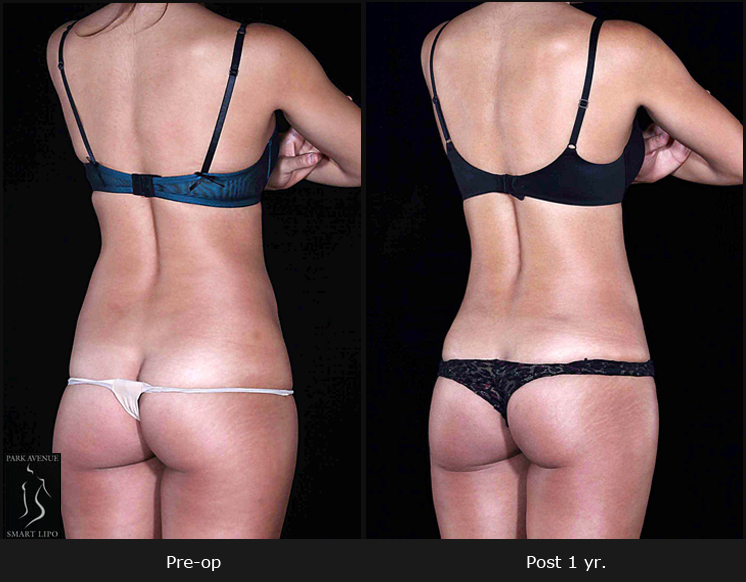Liposuction is a highly effective body contouring procedure that removes stubborn fat, sculpts your figure, and improves your overall confidence. Among the various techniques available, laser liposuction, performed using the minimally invasive Smartlipo device, offers a more advanced option with reduced bruising, minimal pain, smaller scars, and quicker recovery time compared to traditional fat removal procedures. However, like any cosmetic surgery, the procedure requires you to strictly follow pre-operative and post-operative guidelines. Carefully following your surgeon’s instructions is essential for smooth healing, optimal results, and reduced the risk of complications. To help you prepare and recover successfully, here’s a practical list of what to do before and after liposuction.
What to Do Before and After Liposuction Treatment
- Do some research: Before undergoing lipo or any cosmetic procedure, it’s crucial to do thorough research and gather accurate information from reliable sources. Understanding what the treatment involves will help you make informed decisions and set realistic expectations. This body contouring procedure is designed to remove localized pockets of stubborn fat from areas such as the abdomen, chest, arms, thighs, hips, back, and more. You need to make sure that the treatment can address your concerns and help you achieve your aesthetic goals.
- Choose an experienced plastic surgeon: For safe and effective treatment, it is important to choose an experienced and skilled plastic surgeon. An expert can provide attractive results by utilizing the latest technologies. Discuss your specific concerns and goals with the surgeon before the procedure to benefit from customized treatment.
- Understand the facts: Knowing the facts helps set realistic expectations and ensures better results. Many people considering this fat removal procedure are misled by common myths surrounding the procedure. A common myths is that it is a quick weight-loss solution—it’s not. It targets stubborn fat, not overall body weight. Ideal candidates are those who are close to their target weight, but struggling with fat deposits that do not respond to diet and exercise. So, if you’re preparing for liposuction, focus on achieving a healthy weight. Some also believe fat won’t return, but without healthy habits, it can. Recovery isn’t instant either; proper aftercare is key.
- Ask questions: At your consultation, ask questions to clarify matters. All aspects of the procedure like potential risks and complications, duration of the procedure, post-operative care tips, and risks of infection, should be discussed. This will help you take an informed decision.
- Know your options: Technological advancements have improved the outcomes and safety of liposuction surgery. There are various body contouring options: ultrasound-assisted liposuction (UAL), power-assisted liposuction (PAL), laser-assisted liposuction (LAL), and VASER-assisted liposuction (VAL). It’s important that you speak with your surgeon to choose the right option.
- Follow your surgeon’s pre-op instructions: Before surgery, inform your surgeon about all medications and supplements you are taking. Closely follow any pre-op dietary, medication, and hygiene guidelines provided by your surgeon. This may include avoiding certain supplements, fasting before surgery, or stopping smoking in advance. This is important to minimize the risk of complications after the procedure. Moderate physical activity such as light walking after surgery may reduce the risk of clotting.
- Wear the compression garment: Use the compression garment as advised. Wearing compression garments after lipo helps control swelling, supports your body as it heals, and improves contouring results. Wear it exactly as advised by your surgeon-usually for several weeks.
- Eat healthy: Eat nutritionally before and after. Lean protein, fruits, and vegetables are the best foods to eat after liposuction for fast healing. Staying hydrated also helps flush out toxins and reduces swelling.
- Keep follow-up appointments: Attend all scheduled post-operative visits so your surgeon can track your progress and address any concerns early on.
What Not to Do after Liposuction Treatment
- Don’t expect instant results: Don’t expect to look “skinny” the day after surgery. Swelling and bruising are normal and may take weeks to subside. Final results typically appear within 1 to 3 months, so patience is key.
- Don’t ignore signs of complications: If you experience fever, severe pain, excessive swelling, or unusual discharge, contact your surgeon immediately. These could be signs of infection or other complications.
- Don’t smoke or drink alcohol: Smoking and alcohol can impair healing and increase the risk of complications. Avoid both before and after surgery, as instructed by your surgeon.
- Don’t skip your medications: Pain relievers and antibiotics may be prescribed post-surgery. Take them as directed to manage discomfort and prevent infection.
- Don’t engage in heavy exercise too soon: One of the mistakes to avoid during liposuction recovery is getting back to intense workouts too soon. Even if you feel better, performing strenuous workouts too early can hinder recovery and affect your results. Observe activity restrictions after lipo and wait for your surgeon’s clearance before resuming heavy exercise.
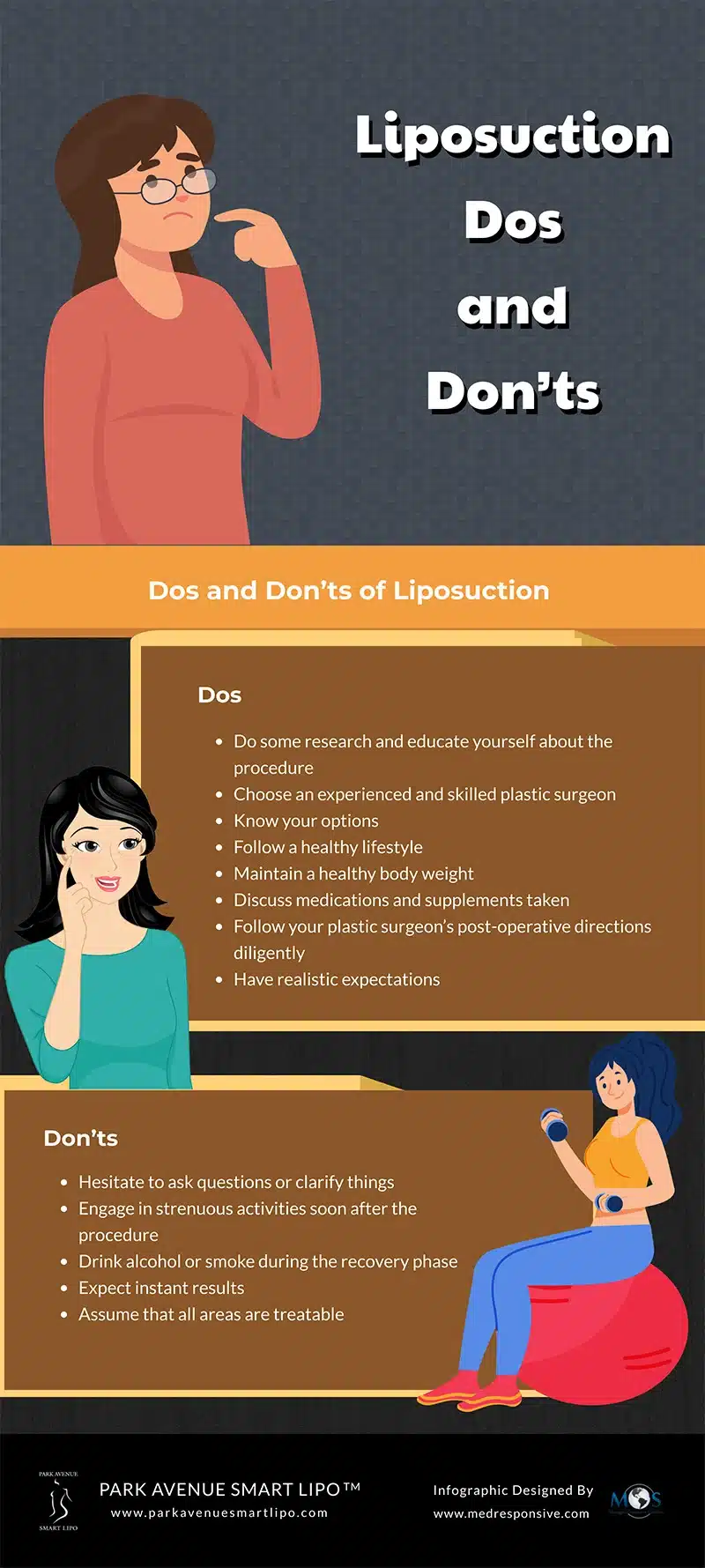
Laser lipolysis can offer transformative results, but it’s not a quick fix. Whether it’s chin or abdominal lipo, the success of your procedure depends largely on pre-op preparation and proper post-liposuction care. Stick to these dos and don’ts, listen to your body, and communicate with your surgeon every step of the way. With the right approach, you can expect a comfortable and successful surgical experience, and long-lasting results.
Ready to redefine your shape? Learn how liposuction can help you look and feel your best.


